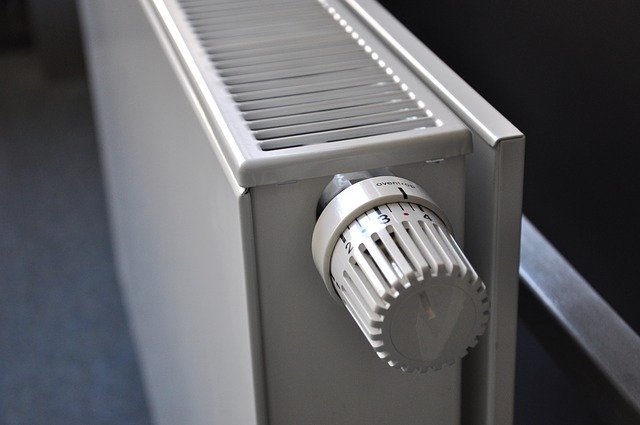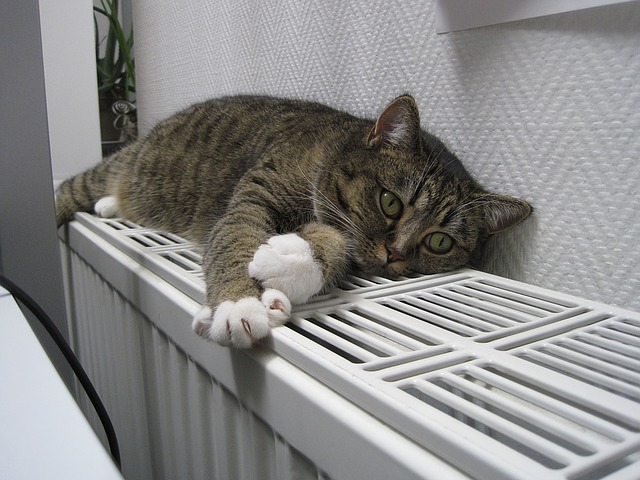Do you hear the boiler but your heating stays cold? Then it\’s time for ventilation. Even at the beginning of the heating season, it is advisable to ventilate your heating system.
Why is venting important?
Heating systems accumulate air. This means there is not enough room for hot water in the system and the house does not get warm. Those who think that ventilation work is pointless should know that regular performance of this work can reduce heating costs and save energy. Only when heated water can be easily broken down will the heating system heat up quickly and, above all, reach its full heating capacity.
How long does it take to exhaust?
Exhausting is not only safe, but also quick. On average, each heater system requires 5 minutes for one venting job (without preparation)
● The most important tool for venting a heater is a square vent wrench, available at any hardware or DIY store.
● A collection container is important to catch leaked water.
●Keep a cloth close at hand. Water dripping on the cloth or rag will not stain the floor.

How does it work?
1. Maximize heating.Turn the thermostat head on the heater to the highest level before properly starting ventilation.
2. Turn off the circulator.The owner must turn off the circulator to stop the circulation of air in the radiators and ducts. Those who do not have access to the pumps must ensure that the heating circuits in their apartments are turned off.
3. Wait one hour.Now wait until there is enough air in the heater; 1 hour is sufficient.
4. Ventilation can begin.Most of the air will collect in the heater, which is the highest point in the house. Take a vent wrench and place a collection container and cloth to catch any leaked water.Open the vent valve.The key is in the vent valve on the opposite side of the thermostat. Turn the vent valve counterclockwise 1/4 to 1/2 turn. A slight hissing sound will be heard as air escapes the radiator. The heater valve should not open any further. [Completeventingis successfully completed when a steady stream of water begins to flow from the opening. Then close the valve with the valve key.Check the water pressure.Additionally, the water pressure in the heating system should be checked with a pressure gauge. If the pressure is too low, the heating water must be refilled. The system will then vent normally.
